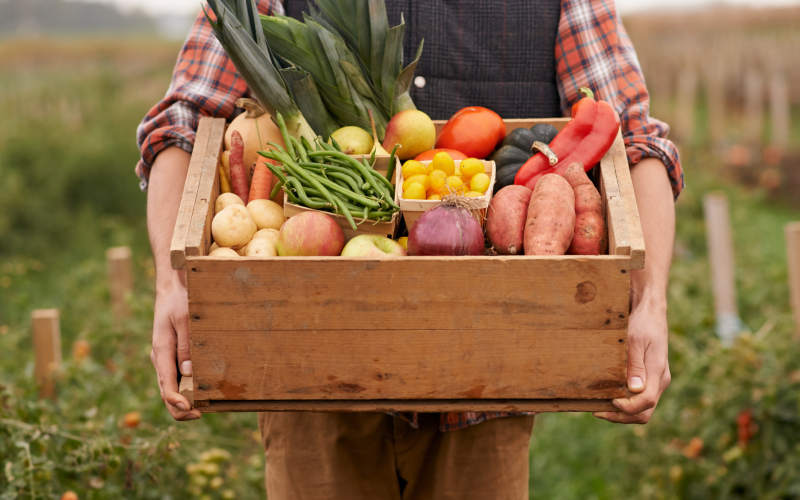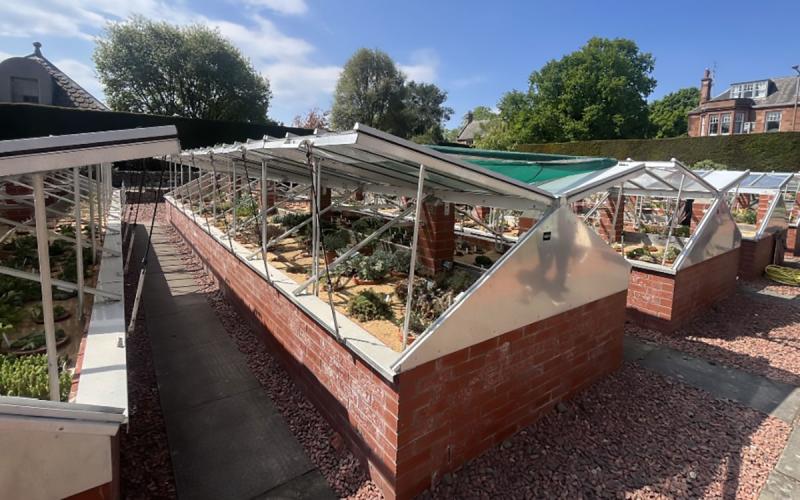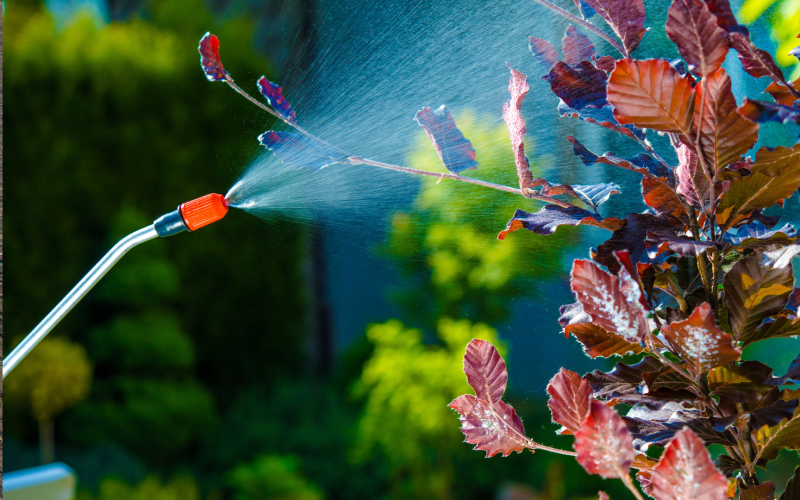About Honeyberries
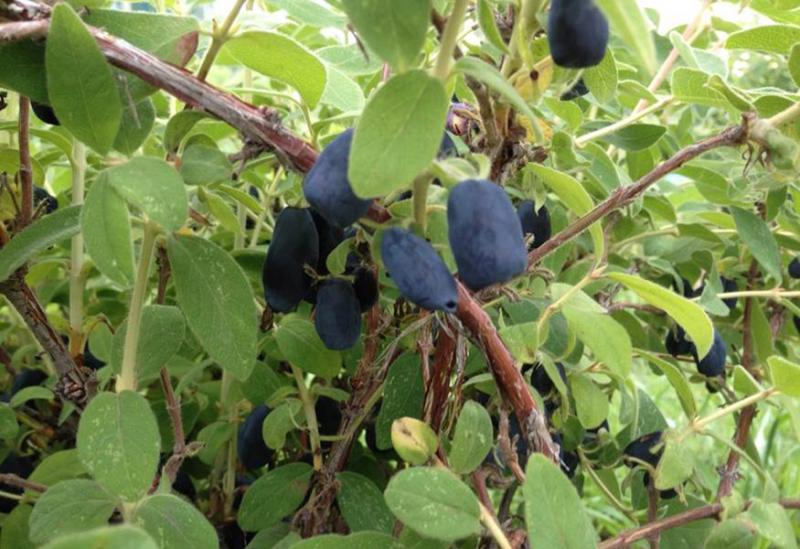
Written by Rhoda Burrows, former Professor & SDSU Extension Horticulture Specialist.
Honeyberries, shrubs with fruit resembling elongated blueberries, are gaining in popularity in northern climates. As the name suggests, they can be quite delicious! We have a couple of commercial growers of these plants in South Dakota, and even in Miles City, Montana, which has harsh weather both winter and summer.
Care & Maintenance
Honeyberries (Lonicera caerulea) are closely related to honeysuckle vines and shrubs and are very hardy - they are said to withstand 20 degrees F at full bloom and still produce a crop of fruit! One of the honeyberry bushes I planted last year bloomed at Easter this year when we had temperatures in the low 20’s, and I still had a few fruit. Honeyberries tend to grow in wet areas in their native habitats, so they tolerate poorly drained soils better than most fruit plants, although they thrive in good soils. They require little yearly maintenance; some studies suggest that they should not be pruned for the first few years, and then only during dormant season to thin overly dense growth.
Despite the fruit’s appearance, these small shrubs are not at all related to blueberries, which require very acidic soil. Honeyberries can apparently tolerate our alkaline soils, so they can stand in as a substitute for blueberries in our area. They are native to the very northern arctic forests worldwide. There are a number of subspecies or varieties that can vary in quality but fruit breeders have developed cultivars with good fruit size and flavor. The fruit ripen early, so the dreaded spotted wing fruit fly should not be a problem – that new pest usually appears later in the summer.
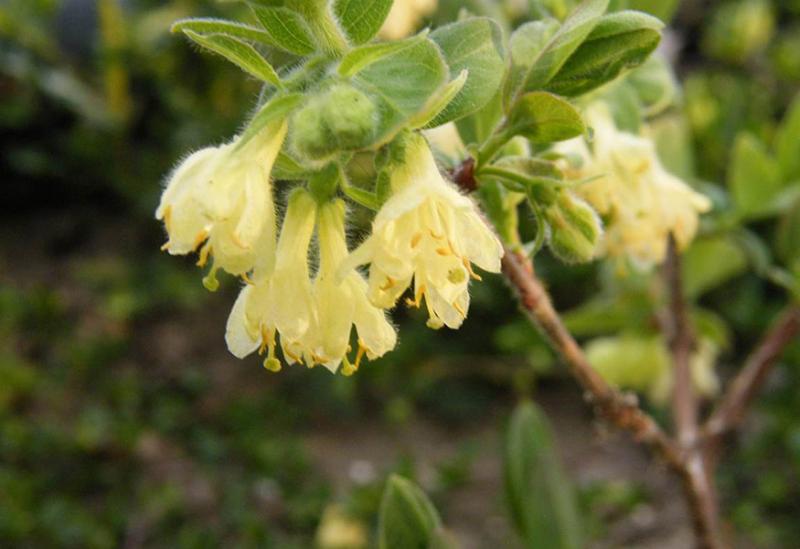
Cultivars
Russian-type cultivars tend to bloom very early. Since bees may not be active that early in the year, pollination is a concern some years. The most recent Canadian-bred, Russian-type cultivars, ‘Borealis’, ‘Tundra’, and ‘Aurora’ may have better powdery mildew resistance than some of the earlier selections. Some report ‘Borealis’ to be quite tart, but others have preferred it; it may depend on where it is growing as well as the level of ripeness when picked (the skin turns color before the fruit is fully ripe). ‘Aurora’ is a more recent release with larger fruit, and is a good pollinizer. In North Dakota trials, ‘Indigo Gem’ was judged to have the best flavor.
Japanese-types, also known as Haskaps, bloom (and ripen) about two weeks later than Russian types, so they may be less likely to come out of dormancy during one of our early spring warm-ups, an important attribute especially to West River growers. They have larger fruit, which also tends to be rounder. Oregon State has been selecting a number of them that should be on the market soon.
Fruit Production
At least two varieties are needed for cross-pollination and fruit production. Mason bees can be important pollinators, since they fly at lower temperatures than honeybees. As this fruit is new to South Dakota, we are still learning which cultivars might do best in the variety of soils and temperatures we have across the state. New cultivars are also coming out each year, so we will have lots to learn about how and where to grow these fruit. A website has been created for growers across the US to report their experiences with the plants. Southern growers seem to have poor success with the fruit, possibly because it is adapted to a shorter growing season.
